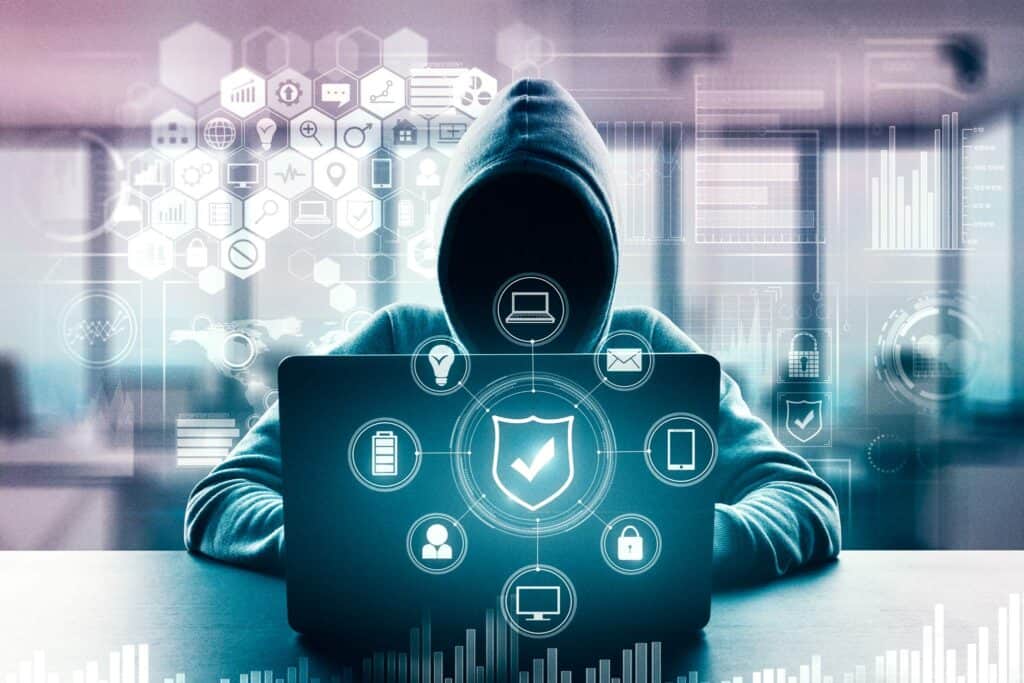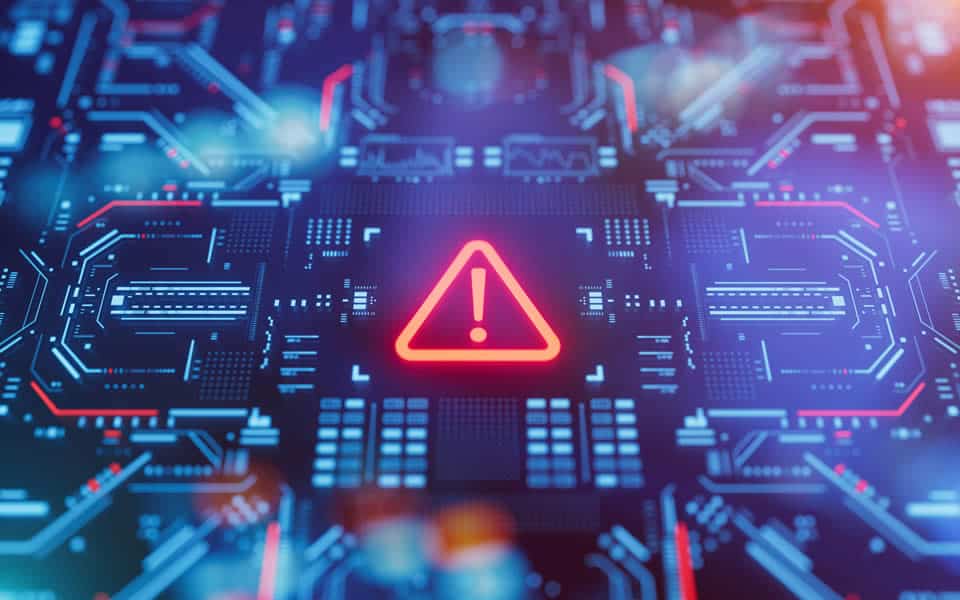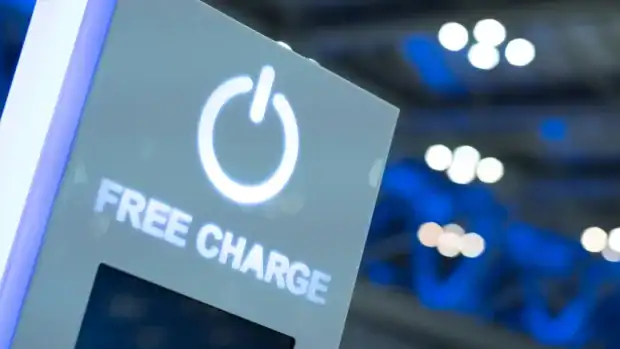As the travel season kicks off, it’s essential to recognize that vacations, while offering relaxation and adventure, also expose travelers to various cybersecurity risks. The increased reliance on digital devices during travel—such as smartphones, tablets, and laptops—combined with the use of unfamiliar networks and services, makes travelers prime targets for cybercriminals. Understanding these risks and adopting preventive measures can help ensure a secure and enjoyable trip.
Top 5 Cybersecurity Risks for Travelers
1. Unsecured Public Wi-Fi Networks
Public Wi-Fi networks, commonly found in airports, hotels, cafes, and other public spaces, are convenient but often lack proper security measures. Cybercriminals can exploit these networks to intercept data transmissions, leading to potential theft of sensitive information such as login credentials, credit card numbers, and personal messages. Man-in-the-middle attacks are particularly prevalent in such environments, where attackers position themselves between the user and the network to eavesdrop or alter communications.
Mitigation Strategies:
- Avoid accessing sensitive accounts or conducting financial transactions over public Wi-Fi.
- Use a Virtual Private Network (VPN) to encrypt your internet connection, providing a secure tunnel for data transmission.
- Disable automatic Wi-Fi connections on your devices to prevent inadvertent connections to malicious networks.
2. Phishing and Social Engineering Attacks
Travelers are often targeted by phishing schemes, where attackers impersonate legitimate entities such as airlines, hotels, or financial institutions to trick individuals into revealing personal information or downloading malicious software. These attacks can occur through emails, text messages, or even phone calls.
Mitigation Strategies:
- Be cautious of unsolicited communications requesting personal information or urgent actions.
- Verify the authenticity of messages by contacting the organization directly through official channels.
- Avoid clicking on links or downloading attachments from unknown or suspicious sources.
3. Device Theft and Physical Security
Physical theft of devices is a significant risk during travel. Laptops, smartphones, and tablets left unattended can be stolen, leading to potential data breaches if the devices are not adequately secured.
Mitigation Strategies:
- Keep devices with you at all times; avoid leaving them unattended in public places.
- Use strong passwords and enable biometric authentication where possible.
- Activate device tracking features (e.g., “Find My Device”) to locate lost or stolen devices.
- Encrypt sensitive data stored on your devices to prevent unauthorized access.
4. Juice Jacking via Public Charging Stations
“Juice jacking” refers to cyberattacks where malicious actors compromise public USB charging stations to install malware or steal data from connected devices. Travelers using these stations risk exposing their devices to such threats.
Mitigation Strategies:
- Avoid using public USB charging stations; instead, use AC power outlets with your charger.
- Carry a portable power bank to charge devices safely.
- If you must use a public USB port, consider using a USB data blocker, which allows power to flow but blocks data transfer.
5. Oversharing on Social Media
Sharing real-time updates about your travel plans and location on social media can inadvertently alert cybercriminals to your absence from home, increasing the risk of burglary or identity theft.
Mitigation Strategies:
- Limit the sharing of travel details and photos until after your trip.
- Adjust privacy settings on social media platforms to restrict access to your posts.
- Be mindful of the information you share online, considering the potential security implications.
Additional Cybersecurity Tips for Travelers
- Update Devices: Ensure all your devices have the latest security updates and patches installed before traveling.
- Backup Data: Regularly back up important data to secure cloud services or external storage devices.
- Use Strong Passwords: Employ complex, unique passwords for different accounts and consider using a reputable password manager.
- Enable Two-Factor Authentication (2FA): Add an extra layer of security to your accounts by enabling 2FA where available.
- Be Cautious with Public Computers: Avoid accessing sensitive accounts on public or shared computers, such as those in hotel business centers or internet cafes.
By staying vigilant and implementing these cybersecurity measures, travelers can significantly reduce the risk of cyber threats and enjoy a safer, more secure journey.
–
Follow me on Instagram: @drericcole



